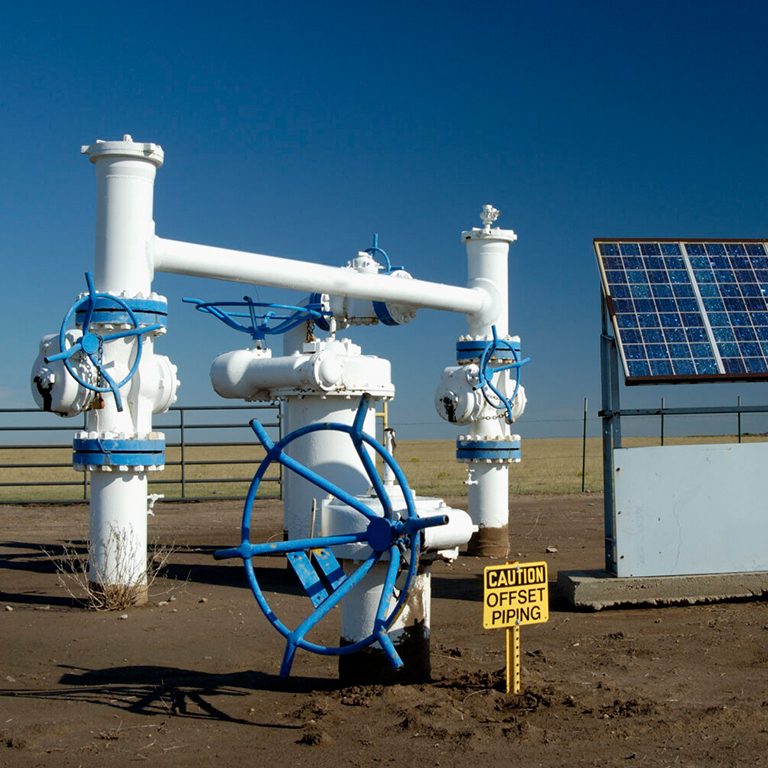The Critical Role of Telemetry in Enhancing Oil and Gas Industry Safety Measures
- Homesssss
- The Critical Role of Telemetry in Enhancing Oil and Gas Industry Safety Measures

The Critical Role of Telemetry in Enhancing Oil and Gas Industry Safety Measures
In the dynamic and ever-evolving landscape of the oil and gas industry, safety remains a paramount concern for all stakeholders involved. The extraction, processing, and transportation of oil and gas are inherently complex operations that require stringent safety protocols to mitigate risks and prevent accidents.